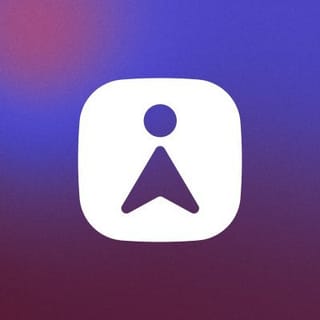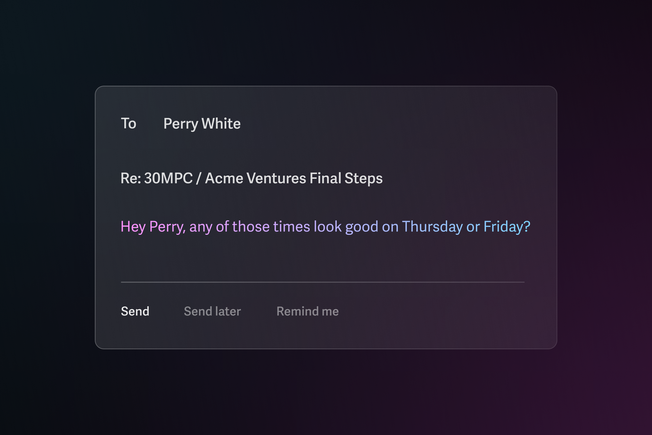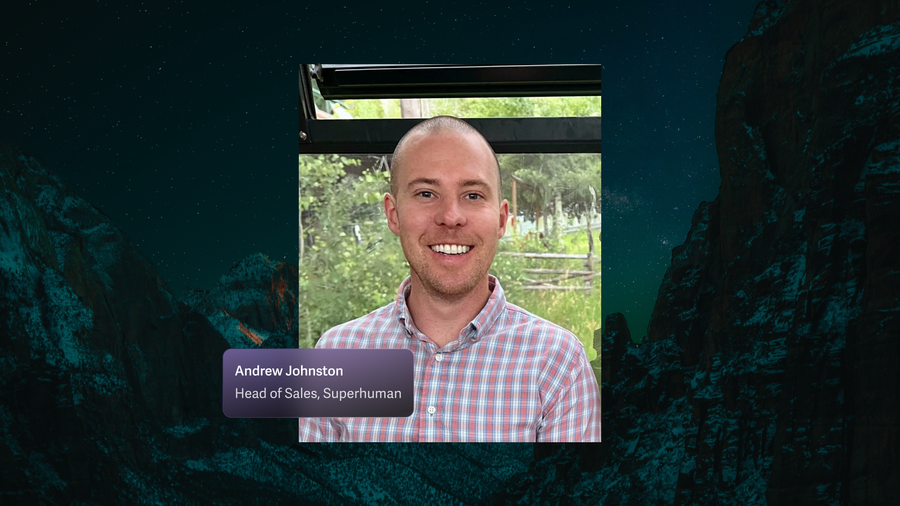
The sales team here at Superhuman has a unique view into what makes sales teams succeed. We live and breathe email, which is essential to building relationships and closing deals. We speak daily with customers from dozens of industries, from emerging startups to enterprise leadership teams, about what makes communication effective and team members more productive.
Andrew Johnston is the Head of Sales at Superhuman. He previously led sales teams at Scale AI and Twilio. Here, we've collected Andrew's most impactful tips for product-led sales reps and teams — many of which Andrew recently shared with 30 Minutes to President's Club.
Let's get straight to it: the 3Ps of product-led sales success — Prospecting, Pilots, and Partnership.
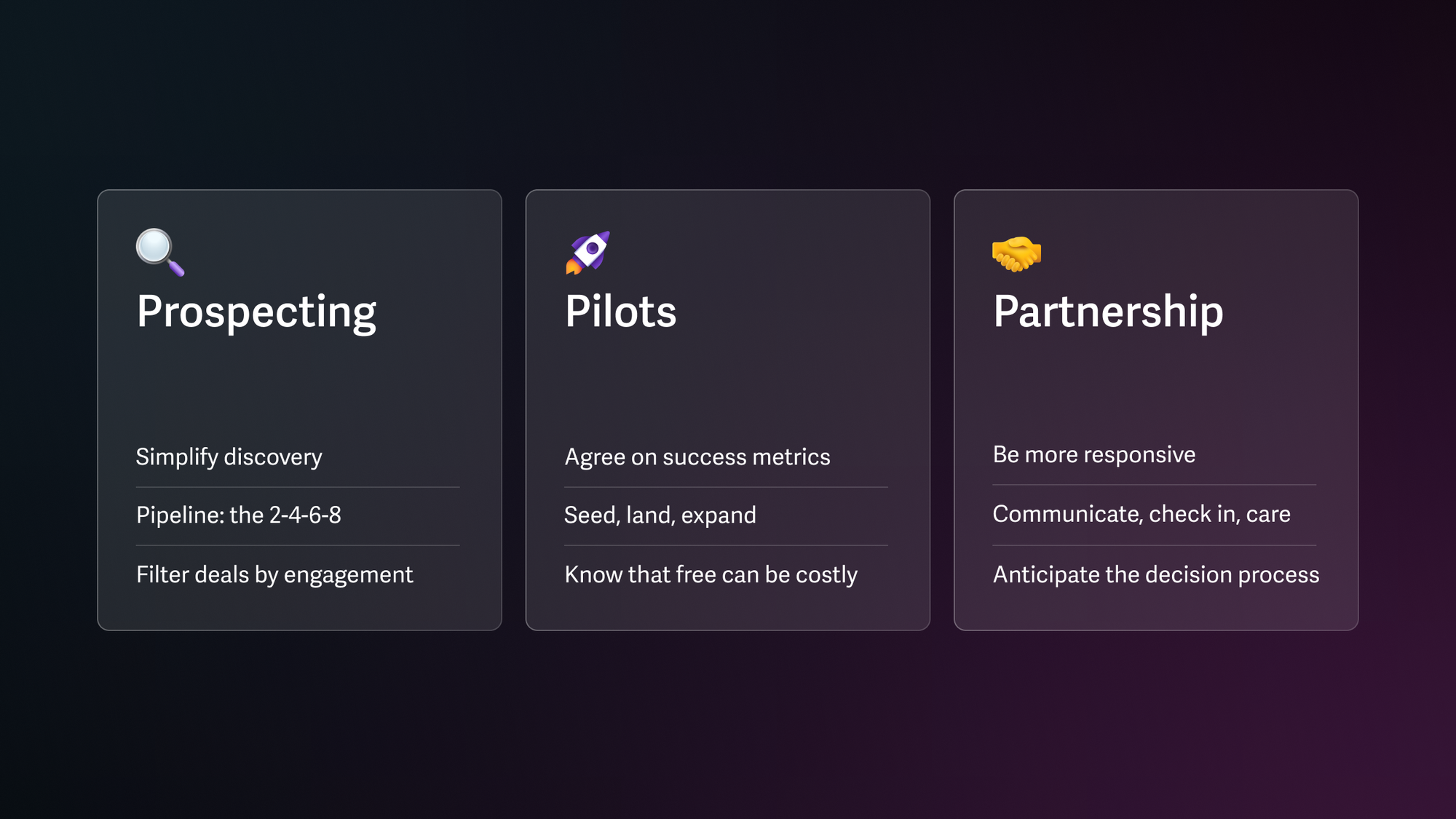
Prospecting
Simplify discovery
Andrew often sees sales reps overcomplicate initial discovery. Most reps use a qualification process like MEDDIC or BANT, and many get caught up in the details.
That looks like getting too deep in the methodology early on, or asking the prospect questions in a robotic, obvious way. Instead, the focus should be: Who are you talking with? Why did the prospect come to your company in the first place? How does their business make money?
"This boils down to what is the need for this product, why us, why now. That's what will drive the right conversations."
Here's a good pulse check for sales reps, particularly for a product-led growth team: if you have spent a chunk of time on qualifications and mapped out the org structure, but you're still guessing at how their business works or how your product might help them do their job – pause. Time to refocus.
And if you're a sales leader, and you're finding that your team can easily answer questions about metrics and company stats, but can't answer basic questions about the business and their goals – pause. Likewise, it's time to shift focus.
Pipeline: the 2-4-6-8
Andrew favors a 2-4-6-8 structure for maintaining healthy pipeline coverage and deal flow.
Let's say you have a $250k quota on a quarterly basis. Divide your quota by 2, 4, 6, and 8 to get your split. So you aim for:
- 2 deals worth $125k
- 4 deals worth $62.5k
- 6 deals worth $41.7k
- 8 deals worth $31.3k
The 2-4-6-8 helps you keep your momentum and de-risk. You're always working on deals at different velocities and can feel confident you're close to closing something, even if a big deal falls through.
"Every combo of the methodology can let you hit your quota. So you could just sell two deals at $125k, or you could sell one $125k deal and four $31k deals but the latter deals might close faster. The 2-4-6-8 puts the rep and the sales leader in the driver's seat to hit their numbers."
Filter deals by product engagement
Timing is key, of course. Knowing how engaged a prospect is will help you focus on the right deals at the right time.
Try filtering your pipeline by product engagement levels. Tools like Pocus can offer data on sessions, feature engagement, and so on. Think about what prospect categories make sense and how your communications might be tailored to match. Product-led sales teams can gather plenty of insights this way, too.
At Superhuman, we look at engaged users and super users. An engaged user needs some level of coaching before we can earn a sales conversation — often some resources, or support from Delight (our customer service team).
A super user is engaged and fluent enough in the product that they're open to being an advocate.
"By highlighting the super user's activity and success, we can help them share their love for the product with their team. That makes a champion of the customer and earns us new sales conversations."
Filtering by engagement can help you size your deals, too. Bigger is not always better — landing a 1,000 seat deal when users aren't yet engaged sets you up for a tough onboarding at best. At worst, your big win will become a big disappointment on both sides.
Think about a successful deal and an unsuccessful one. What sort of engagement profile do you see with a successful deal? What size deal tends to work best when the company is brand new to the product?
Pilots
Agree on what success looks like
Get as specific as possible about what the product trial is for. What is the success metric that would give everyone a green light for a deal?
This can vary widely across prospects. It could be feature engagement metrics, or how many allocated seats get adopted, or how active seats are.
For Superhuman Mail, some customers are focused on productivity by rep, so we might agree on pre/post improvements to responsiveness and time needed to reply to prospects and customers.
Other customers are looking at not just speed but focus and organization — recognizing how invaluable it is when staff feel more in control of their workloads and less overwhelmed. Here we might also look at Inbox Zero statistics or a satisfaction survey.
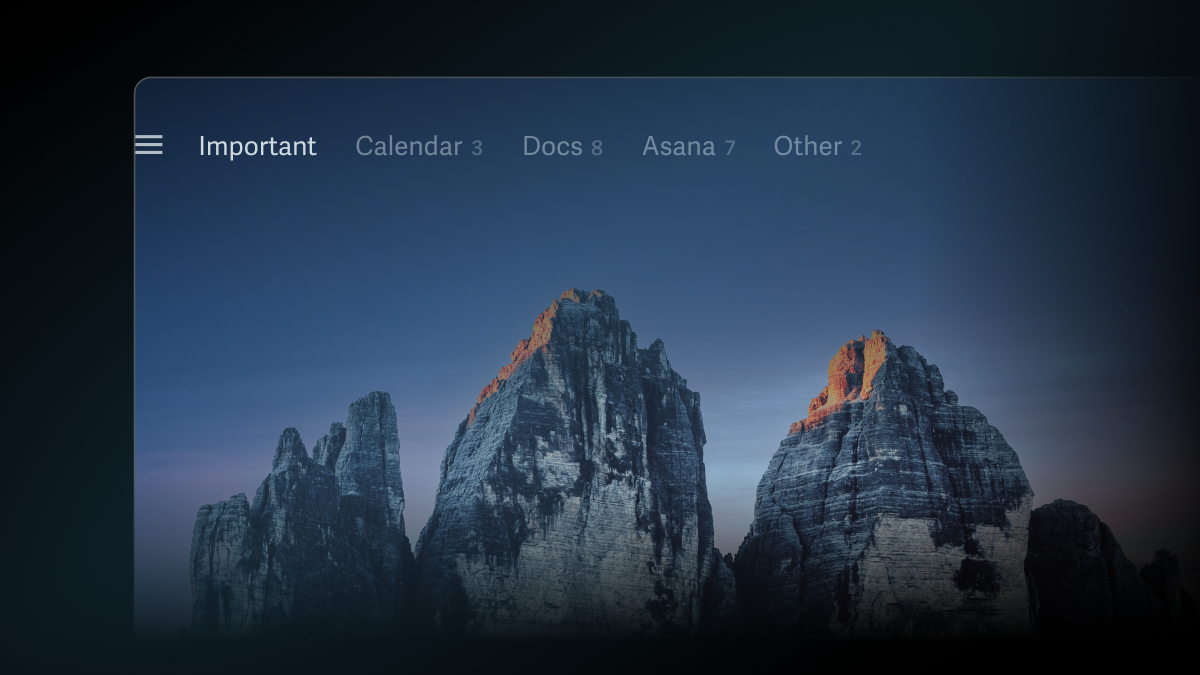
Get as specific as you can. If you have benchmarks for how similar organizations benefit from your product, use them to align expectations.
"It's worth slowing down to get this stage right. Sometimes this success definition can reveal that there's a problem-solution mismatch, or unrealistic expectations, and you’ll know a pilot's not suitable. And that's an absolute gift, in terms of saving everyone time and work."
Move at the pace of adoption
Andrew favors "seed, land, expand", an approach crafted by Oliver Jay, of Asana.
You start with seeding your product with a few customers, activating them, and establishing the value created. Then you work up in groups that make sense for the customer's organization. Maybe that's landing a pilot for a pod or small department. Again, you work to get product engagement up and validate the ROI, establish the success. And so on. Don't rush.
The sweet spot is getting intros to leadership for larger deals when you've got a track record and advocates on your side.
"This approach sets you up for conversations like, 'Hey, part of your organization is really crushing it with our product. Can we talk about what might work for the rest of your team?'"
Pacing this way marries well with the 2-4-6-8 pipeline structure. Often your 2s and 4s will be "expand deals", and your 6s and 8s will be "land deals". This combined approach will keep your pipeline healthy in terms of deal size and velocity while keeping you alert to adoption and timely expansion for your customers.
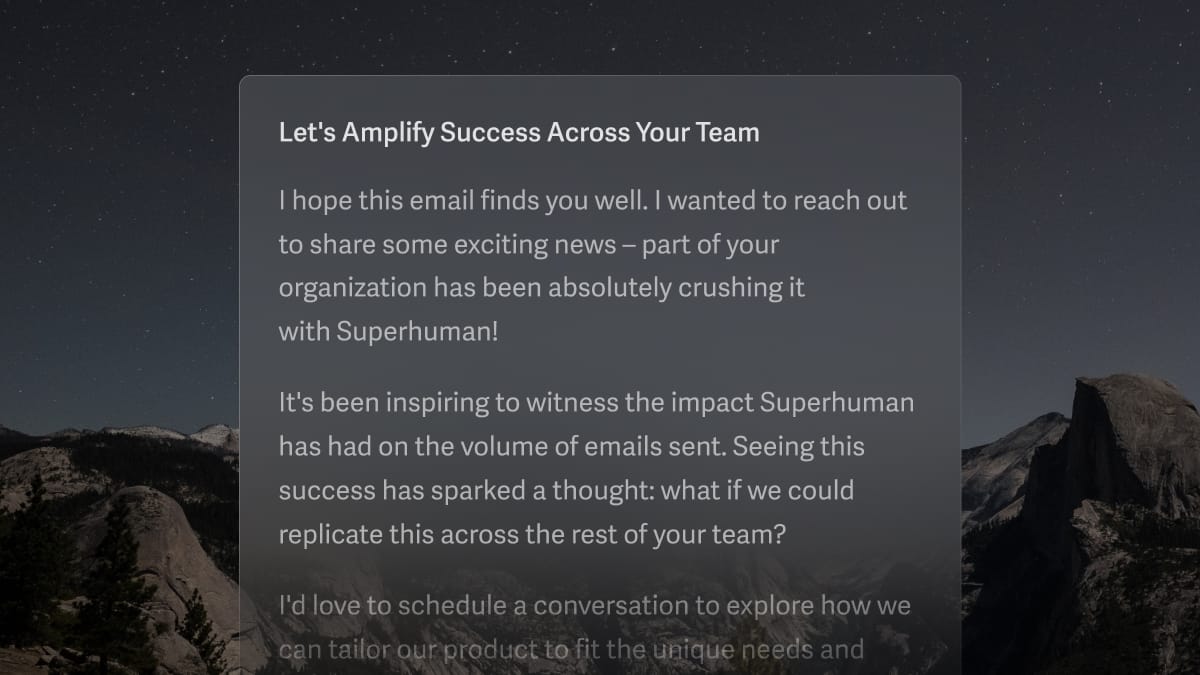
Know that free can be costly
Andrew has rarely seen free product trials help either side get the signal they need. For teams, any trial of a week or more should be paid.
"The reason is pretty obvious — payment creates a sense of ownership on both sides. It affords a mutual investment in what success looks like, and in spending time to deliver on that metric and honestly appraise if the product fits."
Of course, if a prospect is looking at a solution for a large team, they're hesitant to pay for 100+ seats of access without spending some time with the product. Here, Andrew tries to scope the pilot down to a smaller number of users. What's the minimum viable pilot that will give everyone a clear green light for a partnership? That's consistent with moving at the speed of adoption, and with Superhuman's core value of Delight, in offering a remarkable level of onboarding support.
Partnership
Be more responsive
If you're not following up well, don't expect customers to follow through.
"The simplest and most effective thing you can do is lean in when the customer is leaning in. You need to meet interest with interest. You need to be as responsive, attentive, and proactive as you can."
As a rep, that can sometimes feel daunting when you're stretched and busy. Take advantage of whatever tools help you organize, prioritize, and stay in the habit of putting people first.
It's no accident that Andrew chose to join Superhuman, of course. Teams using Superhuman Mail move faster, collaborate more effectively, and are more responsive to customers — the team at Brex improved responsiveness by 3x with Superhuman Mail, for example.
Communicate, check in, and care
Create a shared Slack channel and be clear about how to use it.
"You need to be on top of the Slack channel, or it can get unwieldy, especially as you get more and more folks joining. Is it for product feedback, or a support channel? Who's responsible for what?"
Weekly check-ins are a good idea. Set an agenda format, making time for listening as well as educating. Stay focused on discovery about product-problem fit, and your agreed success metrics. You could include a coaching section, in which you go deeper into features or specific use cases.
A vital question: customer care. How are you supporting those critical first experiences with the product? Reps lead the way but ideally this is a shared responsibility across customer service, customer success, and product, too. Customers can tell when a rep is in sync with and supported by their team. It builds trust and gives the best chance of a great product experience, especially in the first days after onboarding.
Anticipate the decision process
You can be a good partner by parallel-processing the deal and the pilot, especially during longer pilots that can lead to larger deals.
Think ahead about potential compliance issues and any product gaps. Get the legal teams involved early and know who's driving that forward, on both sides. Make sure the contracts are in negotiation and know where they're up to.
"You want to be in the position where once the green light is given, it's only two or three days to close. You don't want to hit a red or yellow light on paperwork or some hidden process."
In closing
As far as blueprints go, we're confident this Prospecting – Pilots – Partnerships framework is a gem. Of course, it's crucial to keep the fundamentals in mind; such structures should always be in service of the relationship.
"You want a sales culture that stays curious. At every stage, you're listening to the customer, you're deepening your understanding of their business and their work patterns. Your tools and processes can support that, but don't lose sight of the fact that each customer, each deal, each partnership is unique. That's how everybody wins."
Save 4 hours every week and drive more revenue in less time, with sales intelligence and deal collaboration directly in your inbox. Try Superhuman Mail free for 1 month when you sign up below, courtesy of our friends at 30 Minutes to President's Club.


